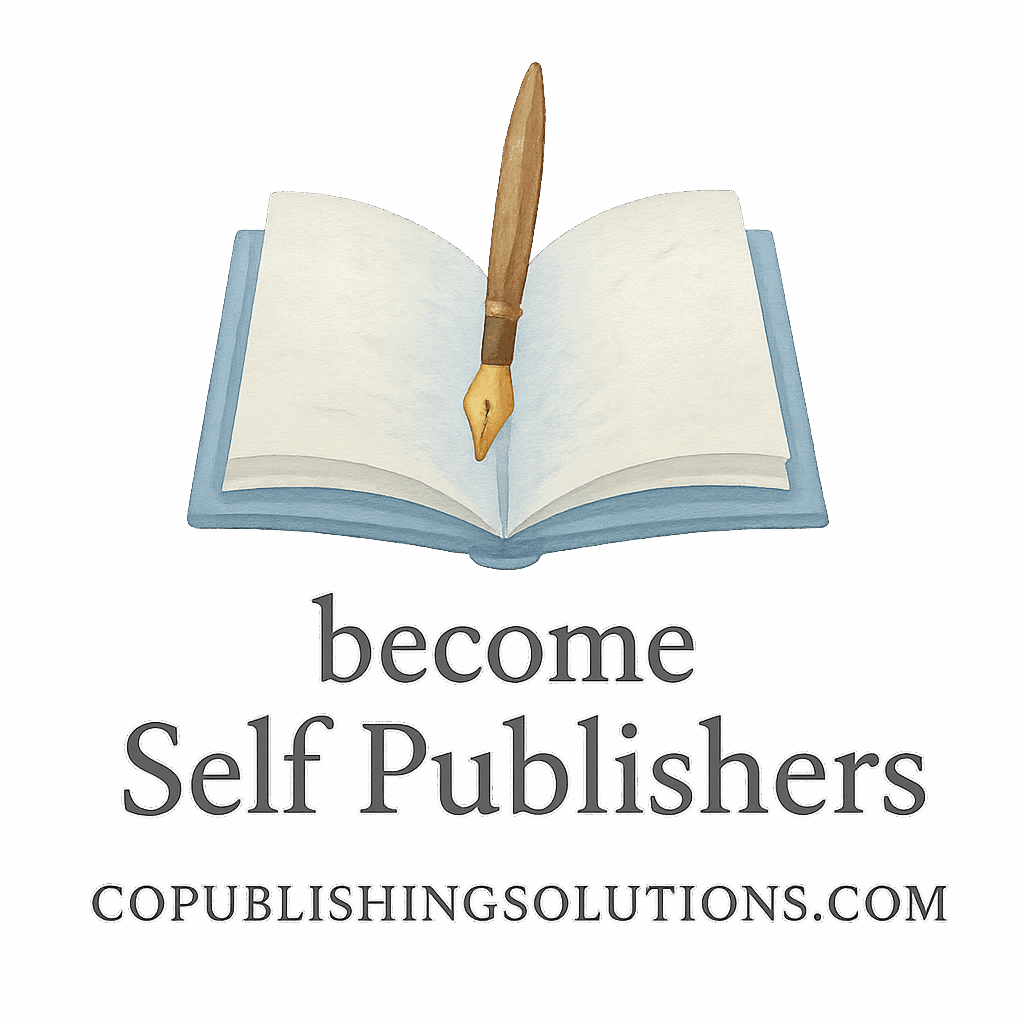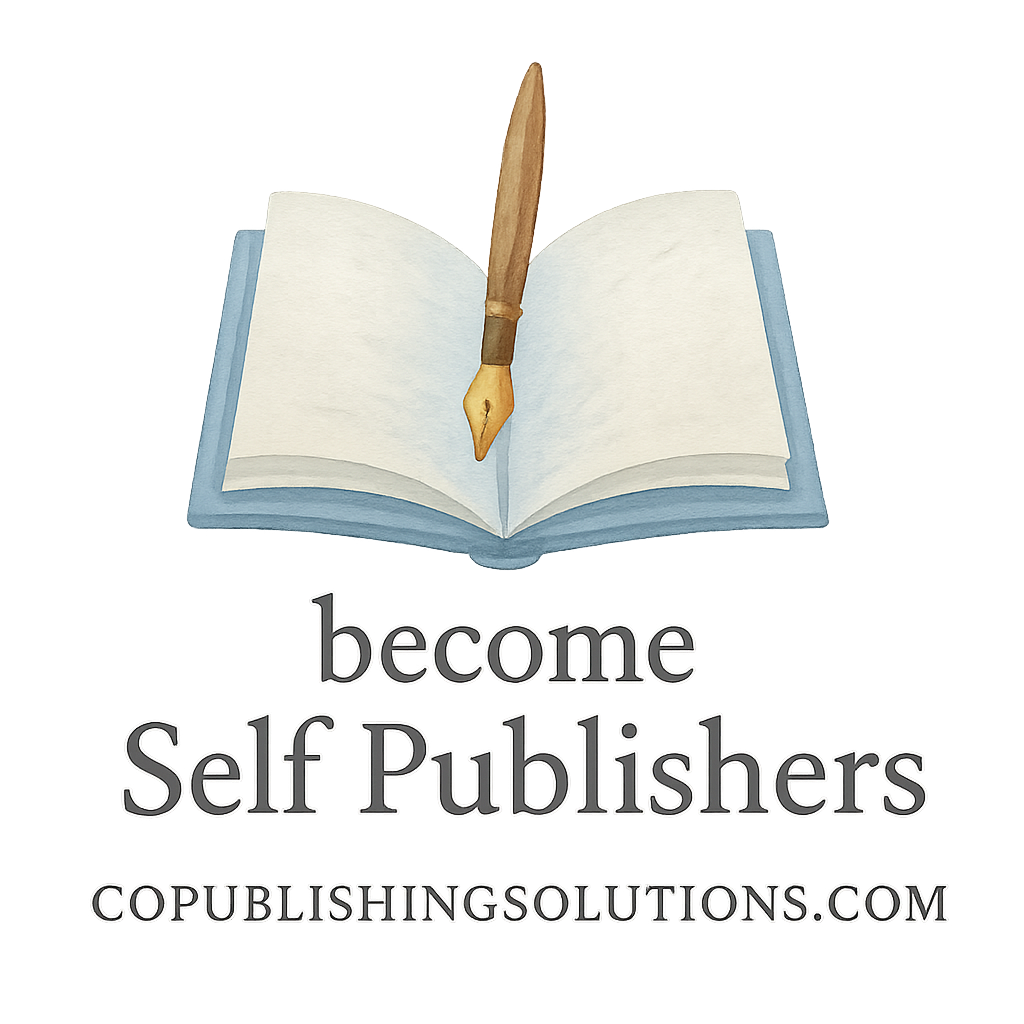Looking to make money with your publishing-related content? Affiliate marketing is one of the smartest and most scalable ways to earn passive income from your audience. In this guide, we’re diving into six powerful affiliate marketing ideas for publishing revenue that are proven to work. Whether you’re an indie author, blogger, or content creator, this one’s for you.
Why Affiliate Marketing Works for Publishers
If you’re already building an audience around writing, books, or self-publishing, you’re sitting on gold. You’ve already done the hard work—affiliate marketing just helps you monetize that effort.
And here’s the kicker: people trust your voice. You’ve been helping them publish, write, or grow. So recommending the tools and resources they need makes perfect sense.
The Power of Passive Income Through Affiliate Marketing
Imagine this: You recommend a book formatting tool once, and every month, you keep earning a commission from new customers. That’s the beauty of passive income, and affiliate marketing makes it super achievable for publishing entrepreneurs.
You don’t need to create the product. Just direct your readers to the right solution—and get paid for it.
Want to learn more about turning publishing into profit? Check out our deep dive on marketing and monetization.
Idea #1: Promote Self-Publishing Platforms
Why It Works
Self-publishing is booming, and many aspiring authors are searching for the right platform. If you’re familiar with these services, recommending them through affiliate links can be a win-win.
Think about how many people you can help through your self-publishing basics content—while making commissions on each signup.
Recommended Platforms to Promote
- Amazon Kindle Direct Publishing (KDP)
- Draft2Digital
- Lulu
- Blurb
You can even embed these in your publishing content strategy blog posts to naturally boost clicks.
Idea #2: Affiliate Tools for Authors
Software Every Writer Needs
Authors and publishers rely on tools—writing software, grammar checkers, layout software, and marketing automation tools. These tools often offer affiliate programs with generous payouts.
Popular tools include:
- Scrivener
- Grammarly
- ProWritingAid
- Canva
- Reedsy
You can link to these in your blogs about tools and platforms used in publishing.
Affiliate Integration Strategies
- Create tutorial blog posts (e.g., “How to Use Scrivener for Book Projects”)
- Share tool comparisons (e.g., Grammarly vs. ProWritingAid)
- Use calls-to-action inside your content
Also explore relevant tags like tools, formatting, and layout.
Idea #3: Monetize Writing Courses and Programs
High-Commission Programs in the Publishing Niche
Courses are high-ticket affiliate items. Many writing and publishing courses offer 30–50% commission per sale.
Recommend:
- Copywriting academies
- Book marketing bootcamps
- Writing masterclasses
How to Integrate into Your Blog
Write content like:
- “Best Writing Courses for Beginners”
- “How I Made My First $1,000 with a Writing Course”
Don’t forget to tag them with writing or beginner categories to boost SEO relevance.

Idea #4: Promote Book Design and Formatting Services
Visual Appeal = More Sales
A well-designed book cover and layout can make or break your sales. Promote services or tools that help authors present their books like pros.
You could also direct readers to book design tips or templates and embed your affiliate links there.
Best Formatting Tools to Recommend
- Vellum (for Mac)
- Atticus
- Reedsy Book Editor
These tools offer real value—and authors are actively looking for them.
Idea #5: Affiliate Bookstore Partnerships
Sell Books and Get Paid
Want to sell books you love or even your own? Join affiliate programs for:
- Amazon Associates
- Bookshop.org
- Kobo Writing Life
Link to titles in articles like:
- “Top 10 Books for Self-Publishing Newbies”
- “Best Business Books for Authors”
Tips for Higher Conversions
- Use call-to-action buttons
- Add real reviews and summaries
- Mention related tags like books, book-pages, or book-sales
Idea #6: Publishing and Marketing Tools
Every Publisher Needs These
From keyword tools to ad trackers, publishers are investing in software. Promote tools that align with your niche:
- Email list builders (e.g., ConvertKit)
- Keyword tools (e.g., Publisher Rocket)
- Marketing funnels (e.g., ClickFunnels)
Use natural placements in your advanced publishing growth content.
Where to Find Great Affiliate Opportunities
Start by checking:
- The tool’s official site for an affiliate tab
- Affiliate networks like ShareASale or Impact
- CoPublishingSolutions affiliate content
Also browse tags like monetization, money, or income.
How to Choose the Right Affiliate Programs
Not all affiliate programs are created equal. Ask yourself:
- Does this align with my audience?
- Would I use it myself?
- Is the commission worth the effort?
Stick to services that help your audience publish or grow.
Where to Promote Affiliate Products
Blogging
This is the best long-term channel. Optimize your blog content with SEO-friendly articles and embed affiliate links naturally.
Email Newsletters
Have a list? Use it. Share product reviews, resource lists, or exclusive discounts.
Social Media
Use platforms like Instagram, TikTok, or LinkedIn to do product breakdowns or tutorials. Use link-in-bio tools to include multiple affiliate links.
Mistakes to Avoid in Affiliate Marketing for Publishers
- Promoting too many products at once
- Not disclosing your affiliate relationships
- Recommending products you don’t believe in
- Ignoring performance metrics
Stay ethical. Your audience’s trust is everything.
Measuring Your Affiliate Marketing Success
Look at:
- Click-through rates (CTR)
- Conversion rates
- Earnings per click (EPC)
- Total monthly revenue
Use dashboards from affiliate programs to track what’s working.
Scaling Your Affiliate Income Over Time
Here’s how to level up:
- Repurpose content into different formats (video, PDF guides)
- Build landing pages for each product
- Start a YouTube channel with affiliate links in descriptions
- Collaborate with others through co-authoring and collaboration
Conclusion
Affiliate marketing is more than just a side hustle—it’s a real path to publishing revenue. With the right strategies, tools, and consistent value, you can build an income stream that pays you while you sleep. Start small, test your ideas, and grow over time. And most importantly—recommend things that actually help your audience.
Want to dive deeper into the publishing world? Visit CoPublishingSolutions.com and explore guides, tools, and tips that will transform your author business.
FAQs
1. What is affiliate marketing in publishing?
It’s the process of promoting tools, platforms, or courses related to publishing and earning a commission when someone buys through your link.
2. How do I get started with affiliate marketing for my blog?
Join affiliate programs related to your niche, add their links to helpful content, and drive traffic through SEO or email marketing.
3. What are the best affiliate products for authors?
Publishing software, formatting tools, writing courses, and book marketing platforms are great choices.
4. Do I need a website to start affiliate marketing?
It’s highly recommended. Your blog becomes your home base to publish valuable content and include affiliate links.
5. How much can I earn from affiliate marketing in publishing?
Earnings vary, but it’s common to start with $100–$500/month and scale into thousands as your traffic and trust grow.
6. Can I promote affiliate links on social media?
Yes! Most platforms allow it. Use link-in-bio tools to share multiple affiliate offers or create highlight reels.
7. Where can I learn more about publishing strategies and tools?
Visit CoPublishingSolutions.com and explore categories like publishing, steps, structure, and passive-income.


